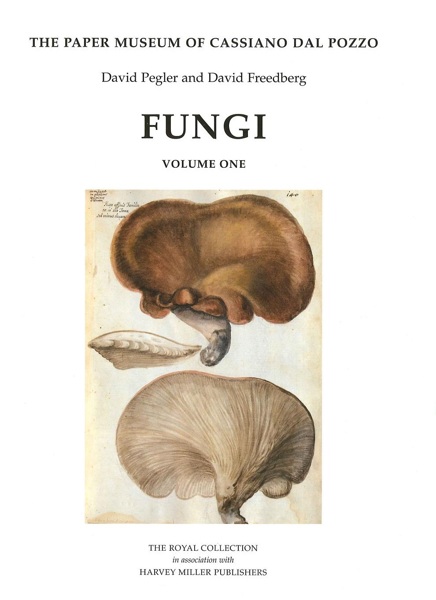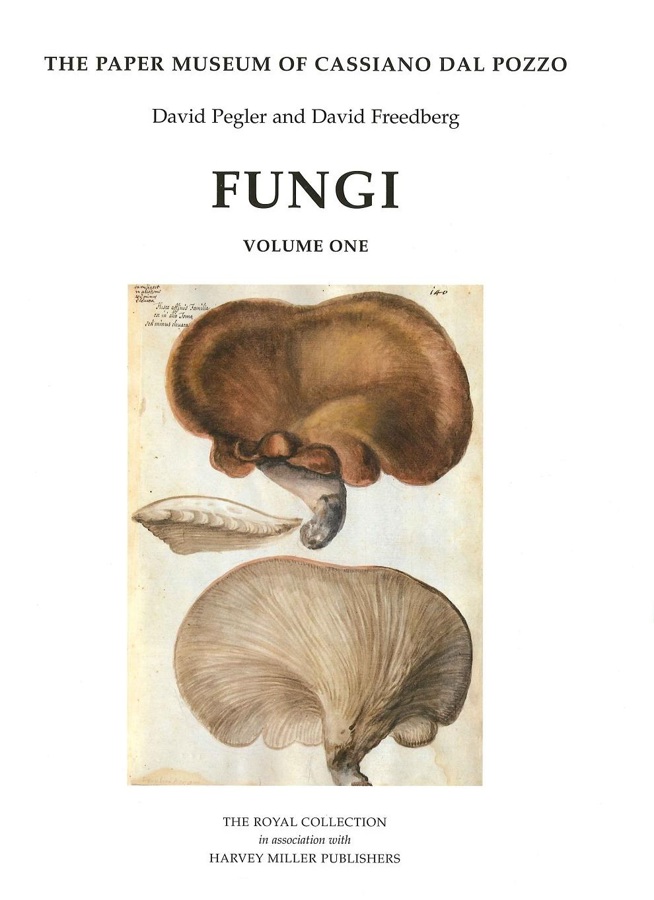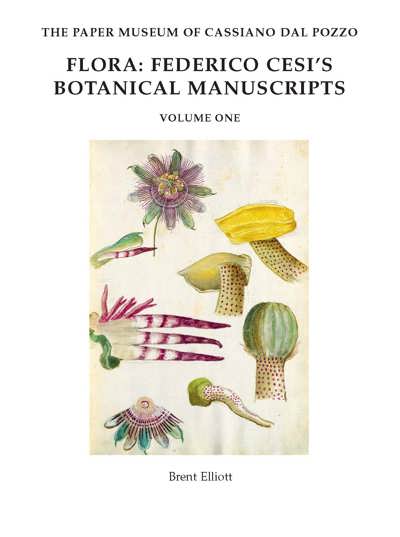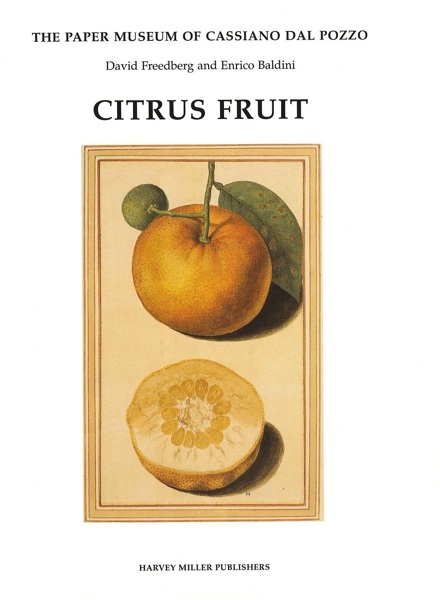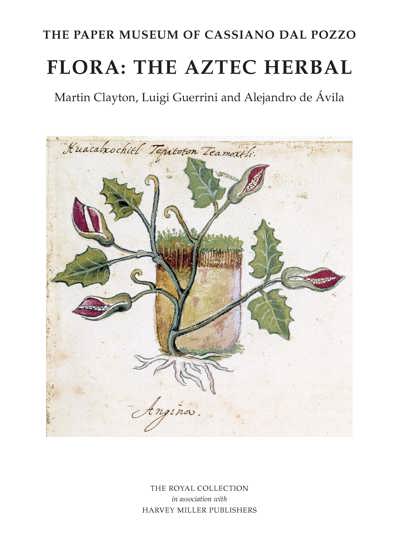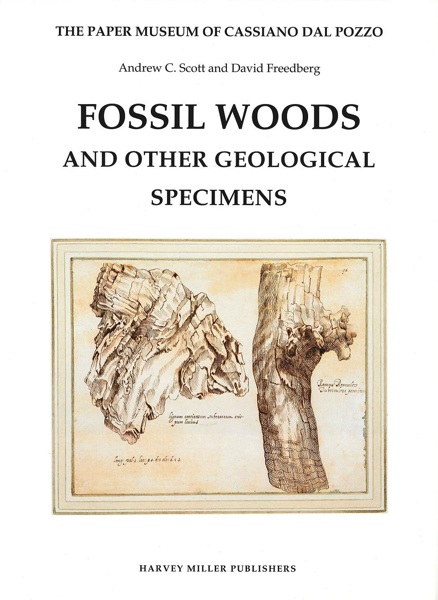
Fungi
David Pegler, David Freedberg
- Pages:3 vols, 1028 p.
- Size:210 x 280 mm
- Illustrations:24 b/w, 901 col.
- Language(s):English
- Publication Year:2006
- € 230,00 EXCL. VAT RETAIL PRICE
- ISBN: 978-1-905375-05-9
- Hardback
- Available
"(...) ein Meilenstein im Verständnis der Geschichte der Mykologie, der eine weite Verbreitung verdient." (W. Gams in: Zeitschrift für Mykologie, Band 72/2, 2006, p. 224-225)
"This publication is a milestone in understanding the history of mycology, and it deserves a wide distribution." (W. Gams in: Nova Hedwigia, 84, 2007, p. 271-273)
"Historians of science and mycologists will certainly find this book of great value, as will researchers interested in the development of museum collections. There are fascinating insights to be had from the study of both the scientific and common names recorded on the illustrations. Biological artists will also find inspiration in these pages." (S. A. Harris in Journal of the History of Collections, 2006, vol. 18, nr. 2, p. 287-288)
"These splendid volumes, which allow us to experience at first hand the spirit of the inquiry that pervaded 17th-century Europe, are examples of modern scholarship and modern publishing at their best." (T. K. Rabb in The Art Newspaper, n° 172, September 2006, p. 39)
"For many years to come these volumes will be a major source of information for those who study the history of mushrooms and mycology, as well as for historians of science, culture, collections and art." (Nuncius)
David Pegler retired in 1998 as Head of Mycology at the Royal Botanic Gardens, Kew. His taxonomic research has specialized in tropical and temperate Basidiomycetes, for which he received a Science Research Council individual merit promotion, and he has published 16 books and over 300 scientific papers. He is a Fellow of the Linnean Society, London, of the Norwegian Academy of Science and Letters, and Centenary Fellow of the British Mycological Society. He has held visiting professorships at the Institute of Terrestrial Ecology, Lódz, Poland, the Instituto do Botânica, São Paulo, Brazil, and the University of Jilin, China.
David Freedberg is Professor in the History of Art at Columbia University, New York, and Director of the Italian Academy for Advanced Studies. He has written extensively on the art and culture of the seventeenth century, including the intersection of art and science in the age of Galileo, most notably in The Eye of the Lynx (Chicago, 2002).
